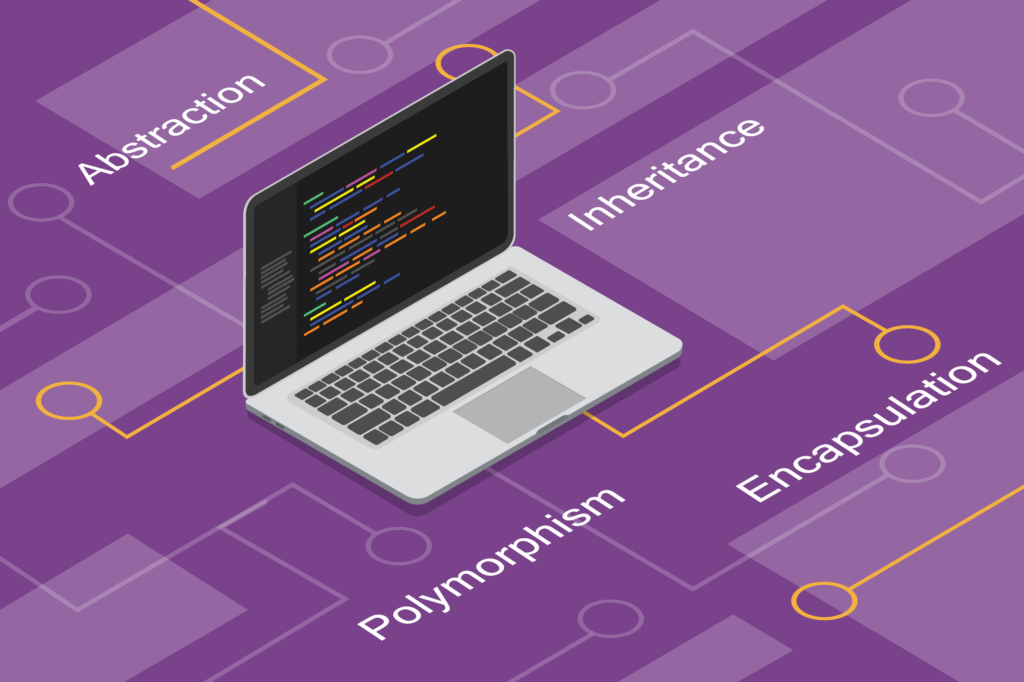What Is Microservices Architecture

Microservices or Microservices Architecture is a programming technique used to develop software by creating stand-alone mini-programs for each functionality. The mini-programs are loosely connected through API to create a more extensive system. This practice is the opposite of traditional linear programming; it is also an extreme variant of Object-Oriented Programming.
It borrows heavily from Service-Oriented Architecture, where the code relies on dependency libraries to reduce repetition and save deployment time. Developing minimal functionality, and using third-party (sometimes open-source) code as the core of it, drastically reduces coding time while compartmentalizing everything for ease of maintenance.
Microservices, as the name suggests, divides an extensive system into many simple functionality programs. By reducing complex robust programs into many stand-alone functions, parts of the system can still run even if one or a few of its components is under maintenance.
Since each part is an independent program in itself, each with a unique role in the system, it is easy to determine which part of the program is problematic. When debugging a system with millions of lines of code, compartmentalized functions make it easier to debug for errors.
History of microservices
When C language became popular starting in the 1970s, its structured form, logic design, and flat learning curve (compared to earlier assembly languages) made it easier to train software developers who would eventually become the backbone of the infant IT industry.
Over time, applications written in C showed coding weaknesses with functions that would have to be rewritten if there’s a slight variation in order to create a subset function. This process resulted in more lines of code – an inefficiency that early programmers and system designers learned to live with it.
The weaknesses of C language are as follows:
- Code reusability
- Recompiling the code for every change
- Wordy with lots of code making it difficult to find bugs
Sun Microsystems developed the Java language in the 1990s using the familiar C and C++ notation that would change that process by using object-oriented programming. The notation divided functions into “objects” that are flexible enough to change with conditions and variables as needed. These objects were also separated into different files, removing the need to recompile the entire program.
For the next two decades, programs were developed using both languages or variants thereof, using the same architecture. Hardware improved, and larger, more robust systems became a reality.
Cloud Computing and the rise of mobile usage showed cracks in the strong foundations of monolithic systems. The advantages of cloud in scalability and content delivery were too much to ignore; it was at this point that IT professionals learned how difficult it was to update and migrate monolithic systems, especially in a multi-OS environment.
This process then created the need for isolating services for purposes of availability and scalability. By developing independent stand-alone “nodes” as objects, each service can run its own process in any environment, making it easy to have itself “as part of a whole” or as an isolated process by demand.
Think of it this way: in the old monolithic model, the architecture was like employing a multi-talented genius who can do everything. In comparison, Microservices is like deploying multiple specialists who are competent in their specialized tasks. This multi-service approach makes easier the management of maintenance, deployment, and the continuation of the process should one part of the process break down.
That is what microservices is all about: isolated services as parts of a whole, making the system agile enough to use in-house and third-party infrastructure at will. Creating isolated services makes it simple to create a single function service by layering virtualized OS, dependencies, and the actual function into one lightweight package.
Advantages of microservices
Adopting Microservices Architecture has several advantages compared to monolithic design systems including:
- Improved fault isolation – It makes it easier to find module failures, and the majority of the program remains unaffected.
- Agility – It provides the flexibility of moving to different servers with minimal downtime, while preventing vendor or technology lock-in.
- Simplicity – Because nodes/objects/containers are single-function applications, each of them is easier to understand.
- Faster deployments – It eliminates the need to maintain the entire system in order to update, secure, and deploy services while having continuous development.
- Scalability – Expanding services, customers, and infrastructure is quick and unencumbered.
These advantages equate to shorter development, maintenance, and deployment time. Labor costs aside, a company’s ability to change and implement applications to support business processes is a decisive advantage in the modern corporate environment. This is why shifting to Microservices Architecture can turn out to be a timely and long-lasting investment.
![]()